
Over 16,000 newly discovered photos show the beauty and hardships of old Japan.
These days, pretty much everyone has a smartphone with a camera in their pocket, making it easier than ever to capture random moments of everyday life for future generations to marvel at.
It wasn’t always this way, though — cameras were once bulky and expensive items that not everyone could afford, especially in post-war Japan, which makes photos from this time period all the more special.
While most of these photos of old Japan can only be accessed through public archives, one Japanese photographer found he didn’t have to go anywhere to view precious scenes from history. He recently found an SD card at home that had been given to him after his uncle passed away, and after slotting it into his computer, he ended up opening a portal to the past, because the card contained over 16,000 images taken by his grandfather back in the ’30s to ’60s.
▼ Some of the 16,084 old photos, painstakingly scanned by the grandfather’s son.
Shuhei Miyazawa, who received the SD card, is a photographer himself, which made the find even more precious. He decided to share his discovery with people on Twitter, and it didn’t take long for it to spark up a lot of interest, with his first tweet receiving over 90,000 likes online.
▼ “I was astonished to find another SD card entrusted to me by my uncle who passed away a few years ago! It contains over 10,000 photos taken by my grandfather during and after the war! Why didn’t I realise until now!”
驚いた、数年前に亡くなった伯父から預かったSDカード、もう一枚あった!入ってたのは戦中・戦後に祖父が撮影した写真で、1万枚以上ある!なんで今まで気付かんかったんや! pic.twitter.com/q9i89Y4bUd
— Shuhei Miyazawa (@room_909) May 11, 2022
This wasn’t the first SD card Miyazawa received after his uncle’s passing, but it’s the first to contain a treasure trove of photos chronicling life in post-war Japan. So let’s take a closer look at some of the precious photos Miyazawa discovered, starting with a photo of the man who took these images — Miyazawa’s grandfather, Takashi Miyazawa.
▼ “My grandfather, who studied lens engineering and astronomy. It’s thanks to my grandfather that I’m able to know about computers and own cameras. [Miyazawa is a web designer as well as a photographer, and he attributes these talents to his grandfather]. He died when I was 5 years old, but I wish I could’ve heard more about all his stories.”
レンズ工学・天文学をやってた、ウチのおじいちゃんです。おじいちゃんのお陰でコンピュータと出会えたし、カメラも持つようになったよ。僕が5歳の頃に亡くなったんやけど、もっといっぱい話が聞きたかったな。 pic.twitter.com/v4rZbOGSOX
— Shuhei Miyazawa (@room_909) May 11, 2022
Miyazawa’s grandfather would’ve been able to tell some amazing stories, judging by all the photos he took. Many of them date from the ’40s, during the period before and after the Second World War, which ended in August 1945. A lot of the images were taken in and around Kyoto, as the older Miyazawa worked at Kyoto University’s Kyotodaigaku Kasan Observatory until 1945.
▼ Takashi Miyazawa at work.
Some of the photos show famous sites in Kyoto, like the Kamo River…
▼ …and Sanjo Bridge, which crosses over the Kamo River.
▼ The bridge still looks remarkably similar, but no cows near Sanjo Bridge today.
Other photos in Kyoto show scenes of everyday life, like this old car with old Kyoto number plates.
The bright lights of Shijo-Omiya also make an appearance in this photo collection, showing us the predecessors of today’s giant LED screens.
These photos appear to date from the late ’50s, as this cinema was showing the 1957 Italian movie Le Notti Bianche (known as White Nights in the U.S.).
Overseas films weren’t the only type of popular entertainment on offer — kabuki performances were also being held at Kyoto’s Minami-za, in the same building that exists today, which was built in 1929.
Cinemas and playhouses were popular forms of escapism for residents, who had endured devastating air raids during the war.
After asking his relatives for more information about this particular series of photos, Miyazawa found they were taken on 14 or 15 March 1945, immediately after the bombing of Tokyo. These images were taken from the roof of the Osaka City Electricity Science Museum, at the request of a newspaper company.
Other reminders of the war include these two photos taken at the site of the statue of Takayama Hikokuro, a Japanese samurai and historian who lived from 1747 to 1793. The brass statue, which shows Takayama bowing towards Kyoto Imperial Palace, was originally erected in 1924, but it was removed in 1945 and melted down to boost metal supplies during the war.
▼ These photos appear to be images of the site before and after the statue’s removal.
▼ The statue was replaced in 1961, and can still be seen today.
Miyazawa’s grandfather was adept at recording big historic moments, but he had an eye for capturing finer details too, like the transition between old and new on the streets and railroads.
In the 1950s, the electrification of railway lines began, and in 1954 the government decided to end the use of steam trains.
▼ Following the war, fuels like gasoline were in short supply, so buses ran on wood gas generators.
▼ Miyazawa’s grandfather travelled extensively, capturing images of countryside life…
▼ …festivals…
▼ …amusement parks…
▼ …and other fun days out like this one, which Miyazawa believes to be Lake Biwa in Shiga Prefecture.
Miyazawa’s eye for detail, as shown here on the streets of Osaka, helped him to capture memorable images with timeless appeal.
The family connection to these images gives them a more intimate feel as there’s no company or organisation behind them — they’re being shared by family members with an interest in photography and Japanese history that stretches down through the generations.
▼ And it’s all thanks to Takashi Miyazawa, who knew how to operate a camera so well he could even capture photos of lightning strikes in sharp focus.
The younger Miyazawa is now posting even more images online for all to see, gradually uploading them with the hashtag #宮澤堂昭和写真集 (“Miyazawa Showa Photo Album”).
▼ “I will post again, using the hashtag #宮澤堂昭和写真集 from now on. I will post at a very slow pace, so please be patient. This is probably my grandmother and father photographed on Sanjo-dori in Yamashina in 1945.”
改めて、ここを起点に #宮澤堂昭和写真集 を投稿していこうと思います。超ゆっくりペースで投稿していくので、気長にお付き合いいただければ。こちらは恐らく昭和19年、山科の三条通りで撮影された祖母と父です。 pic.twitter.com/ZLZpsbp7ga
— Shuhei Miyazawa (@room_909) June 17, 2022
From historic scenes to intimate family moments, there’s a lot to see in this newly discovered photo collection. If you’d like to see more of the series as it comes to light, be sure to check out Miyazawa’s Twitter account for more updates.
Source: Twitter/@Room_909 via Hachima Kikou
Featured image: Twitter/@Room_909
Insert images: Twitter/@Room_909
● Want to hear about SoraNews24’s latest articles as soon as they’re published? Follow us on Facebook and Twitter!


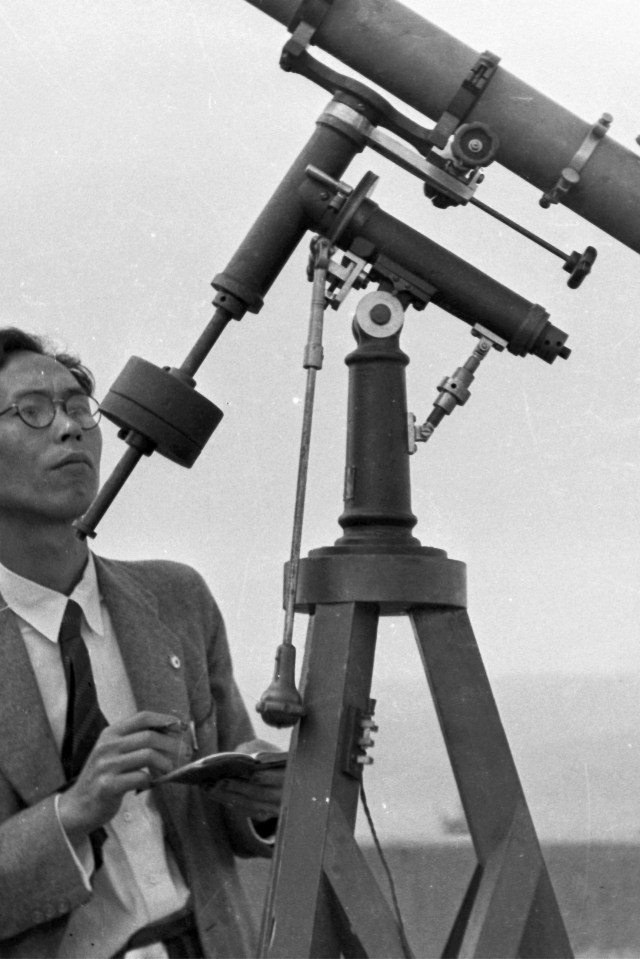
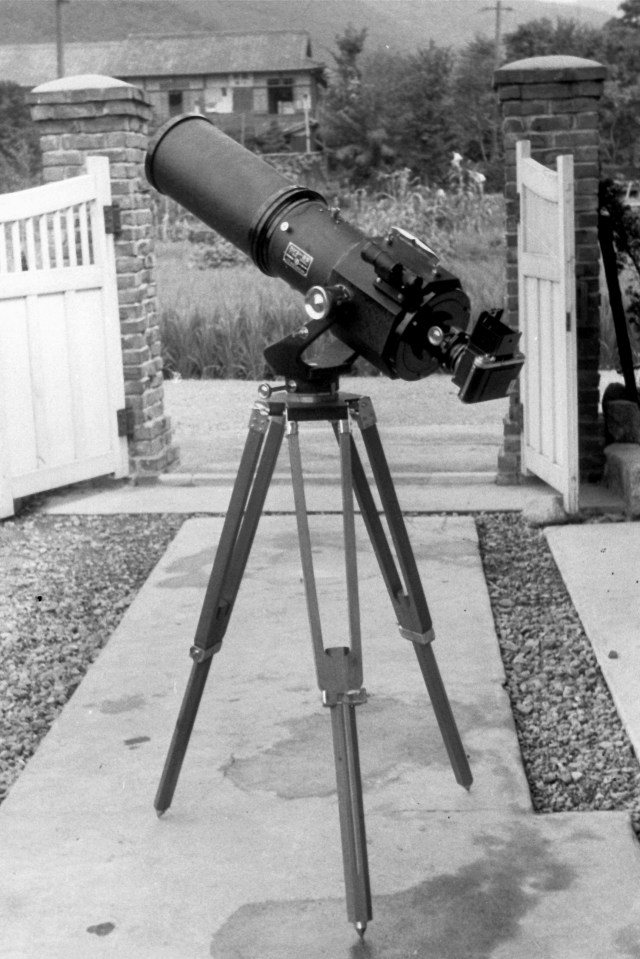
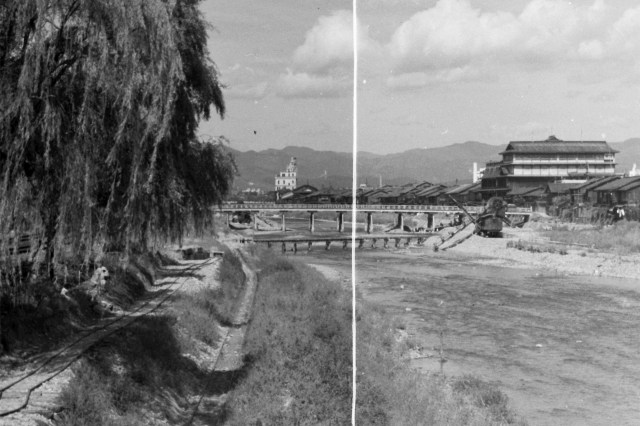

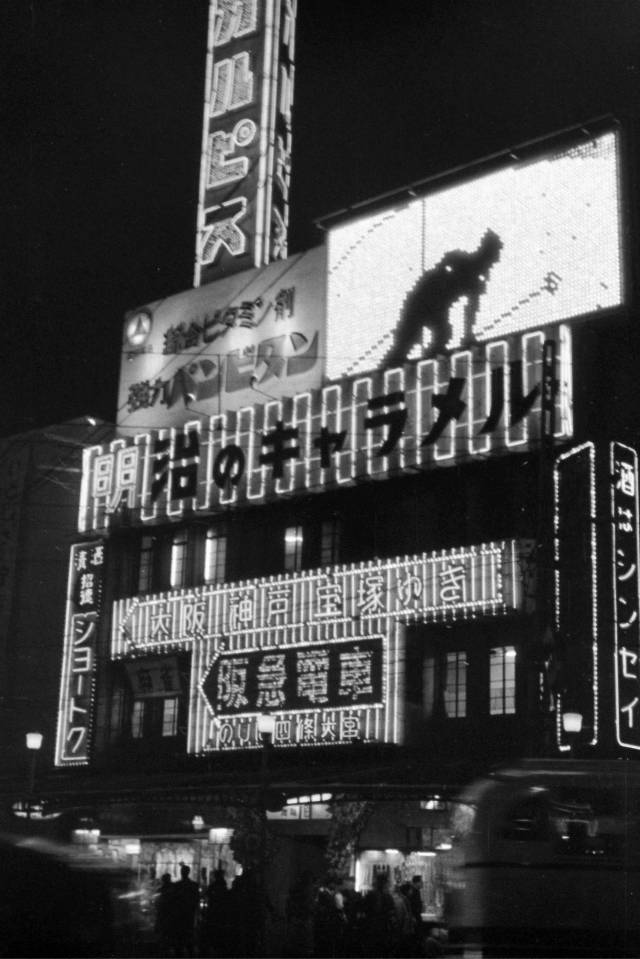

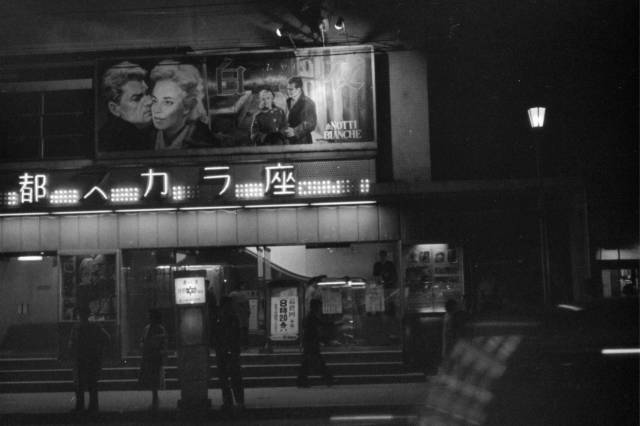
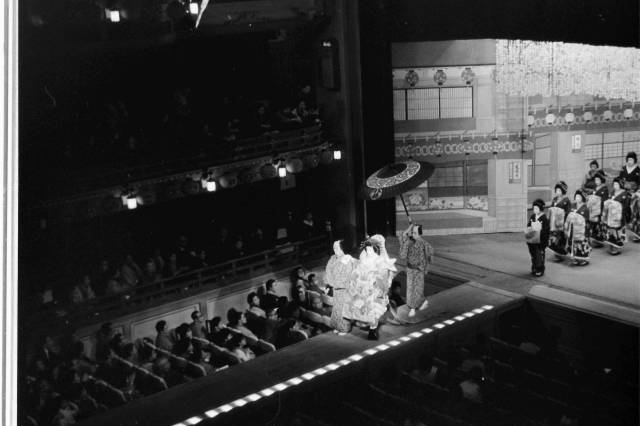
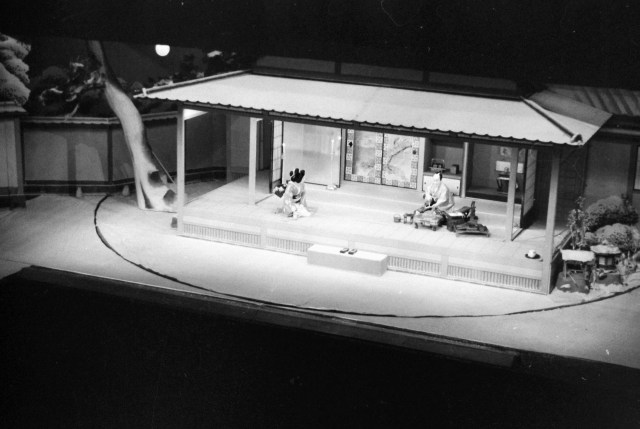
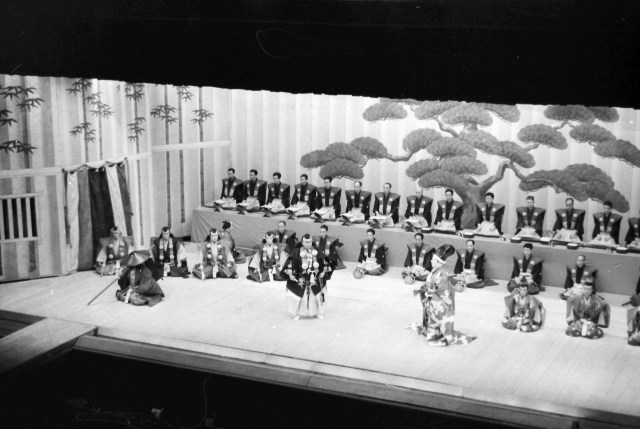
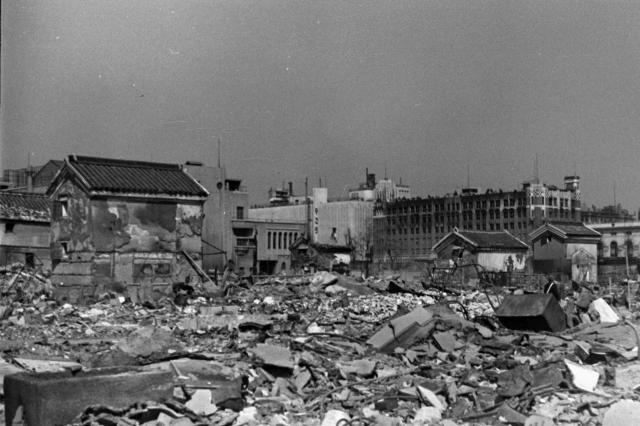
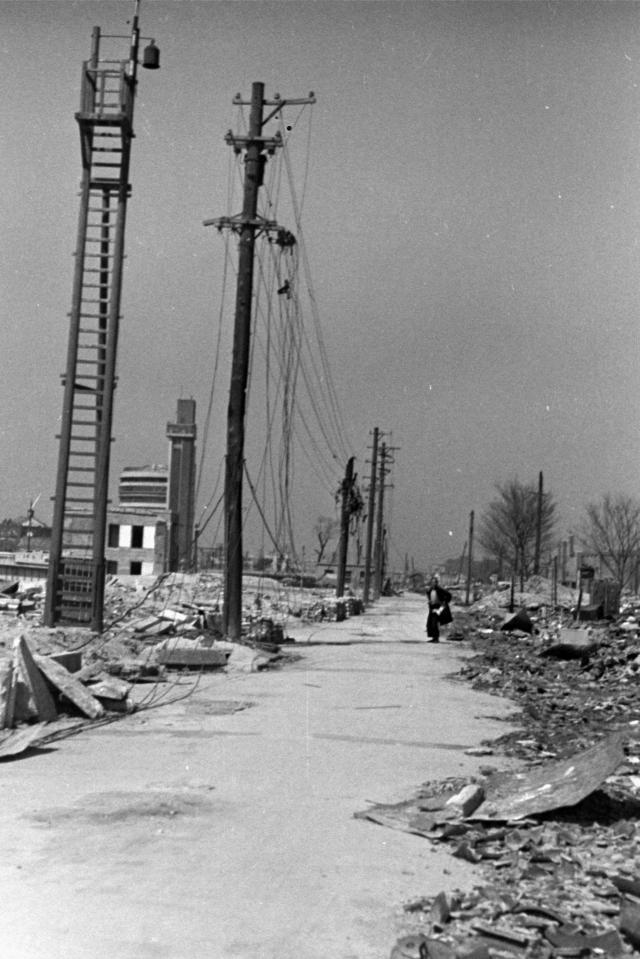
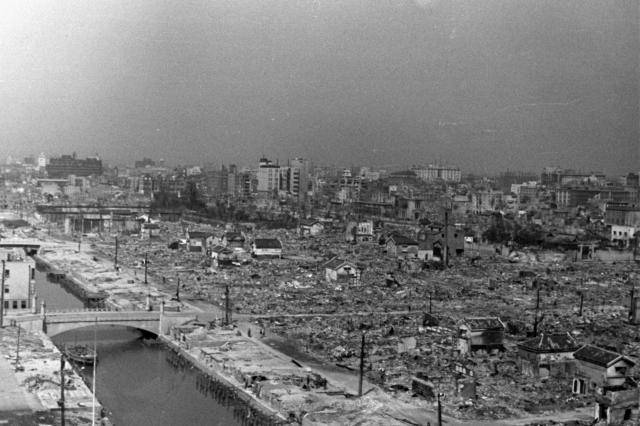
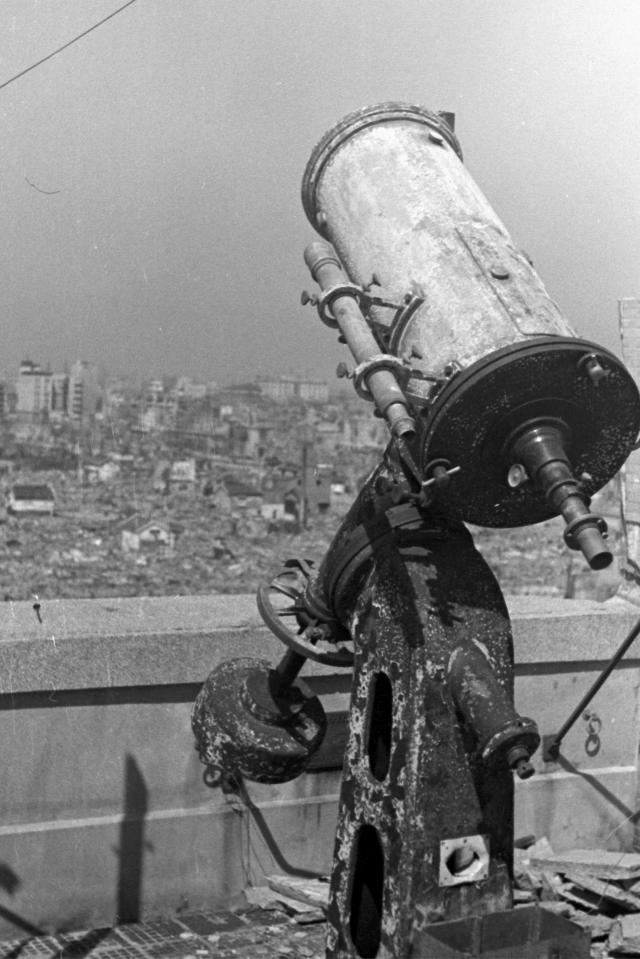
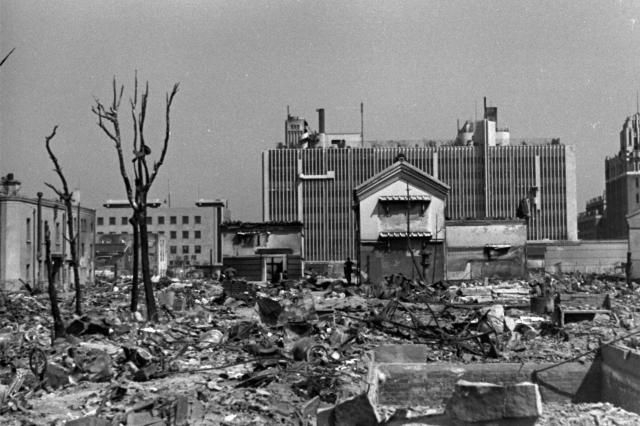
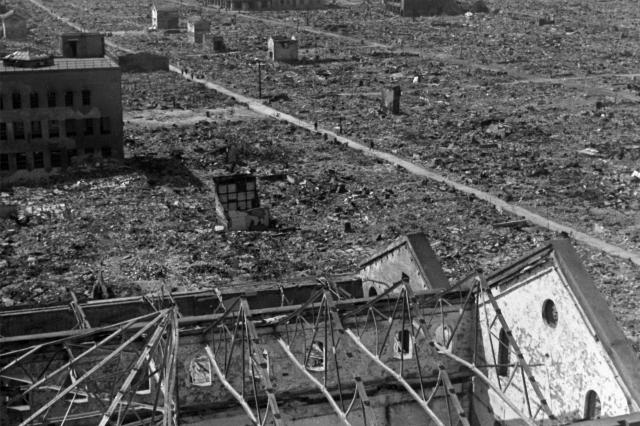
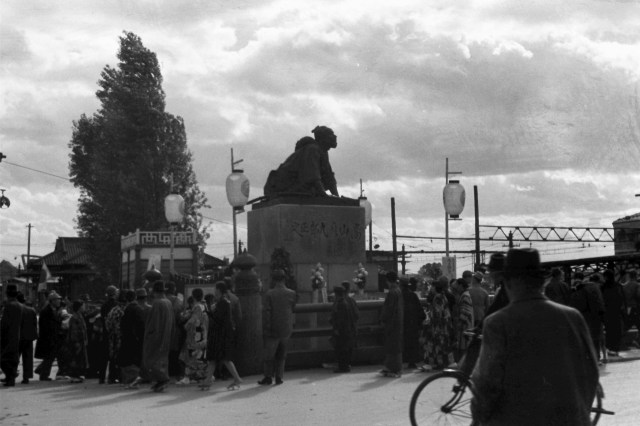
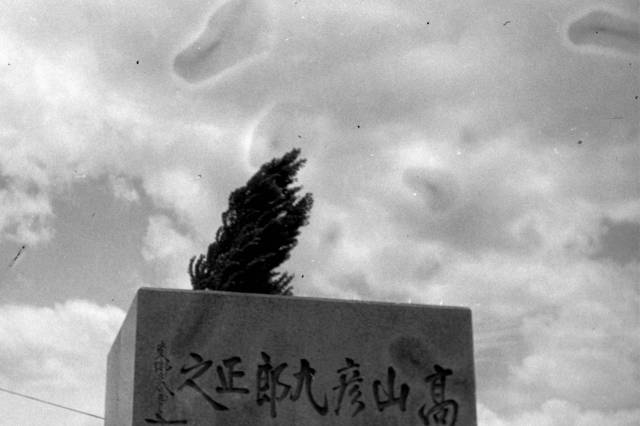
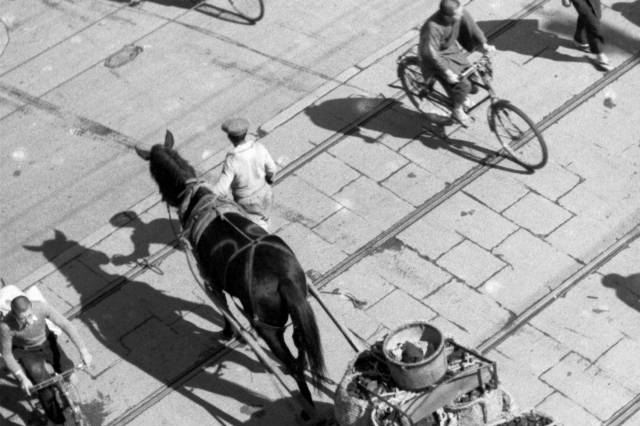

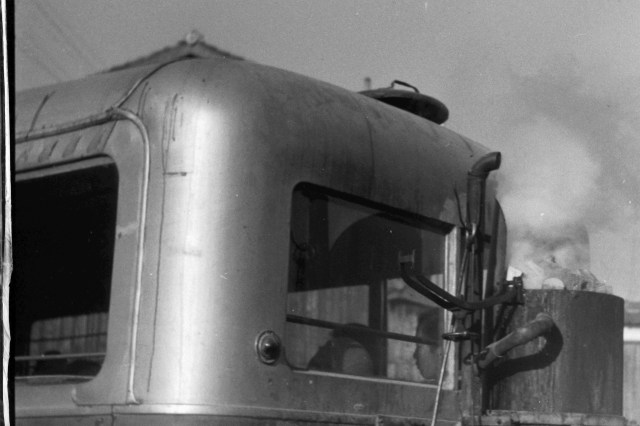
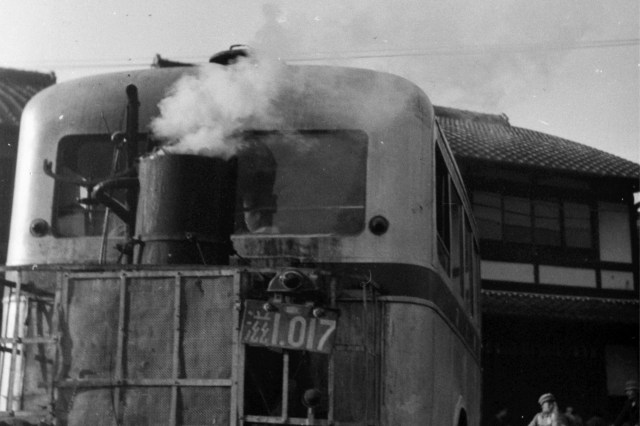
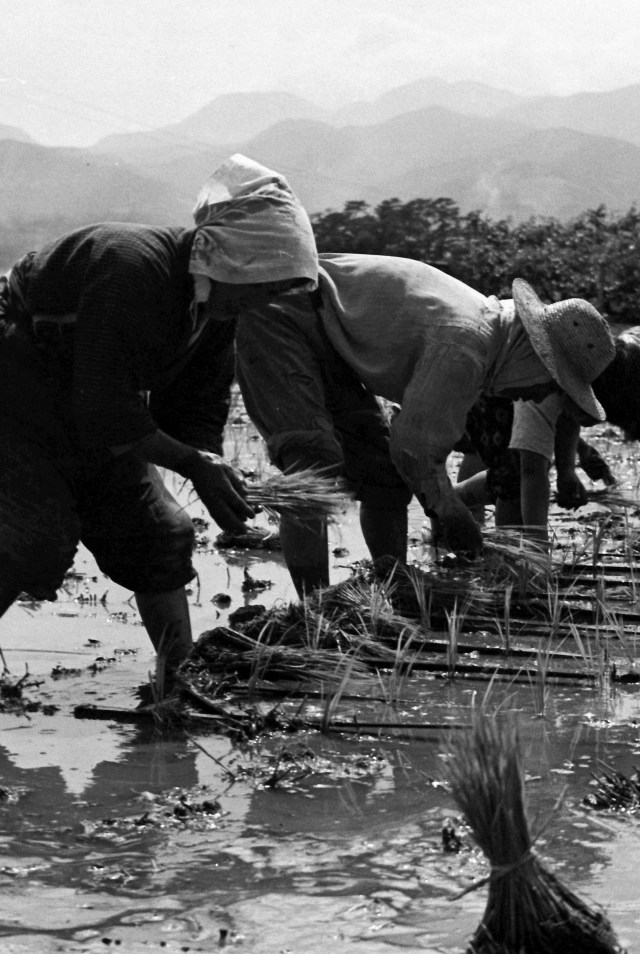
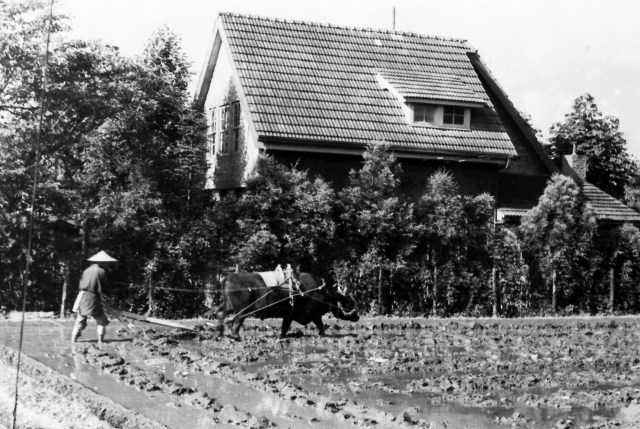
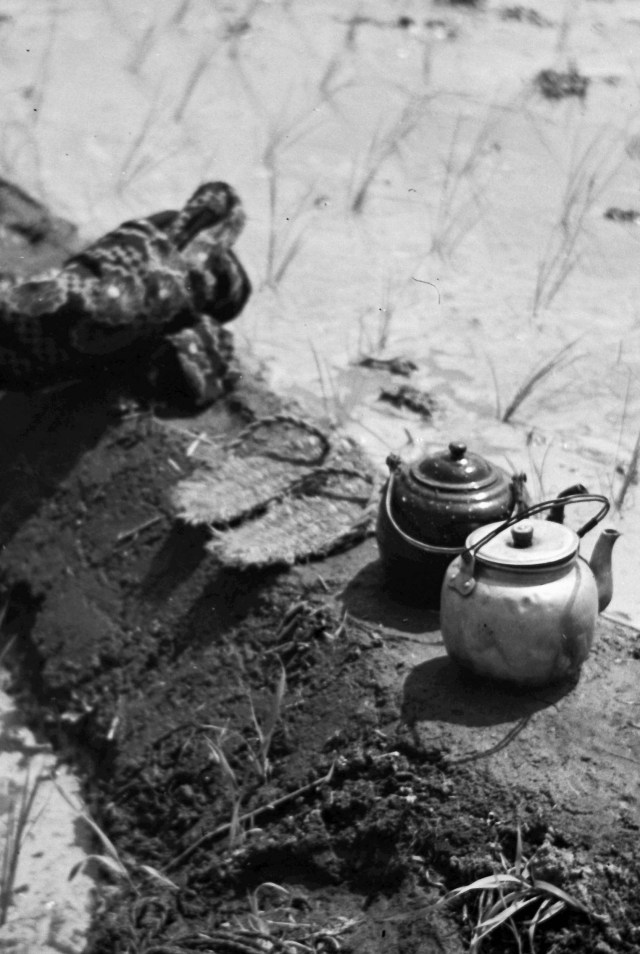
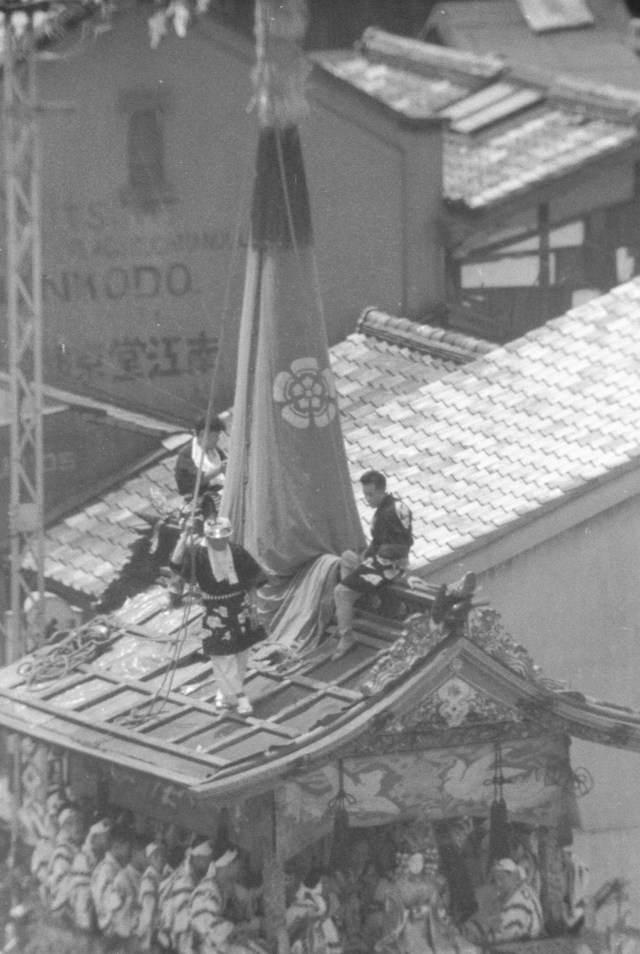
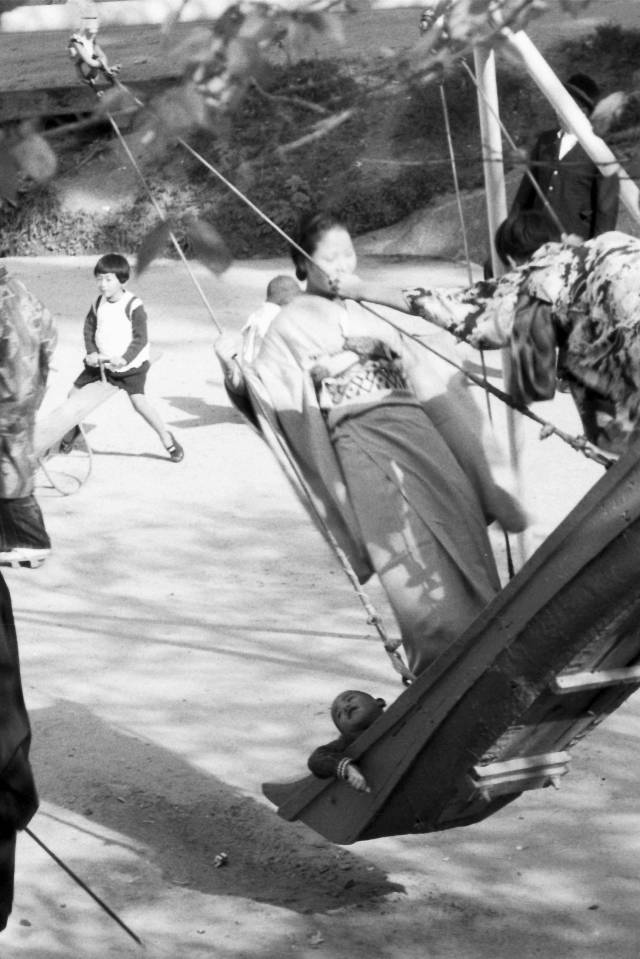
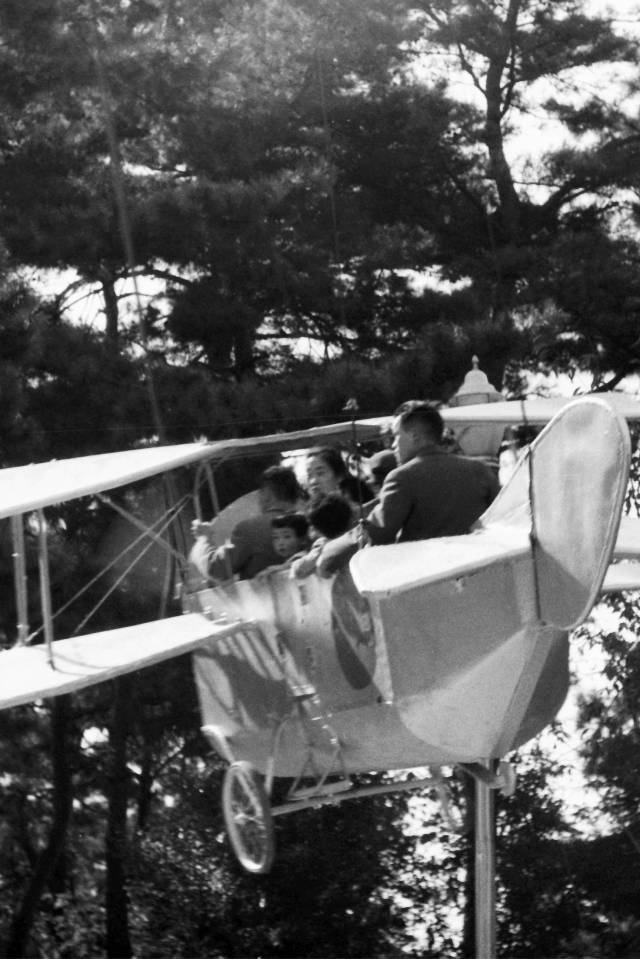
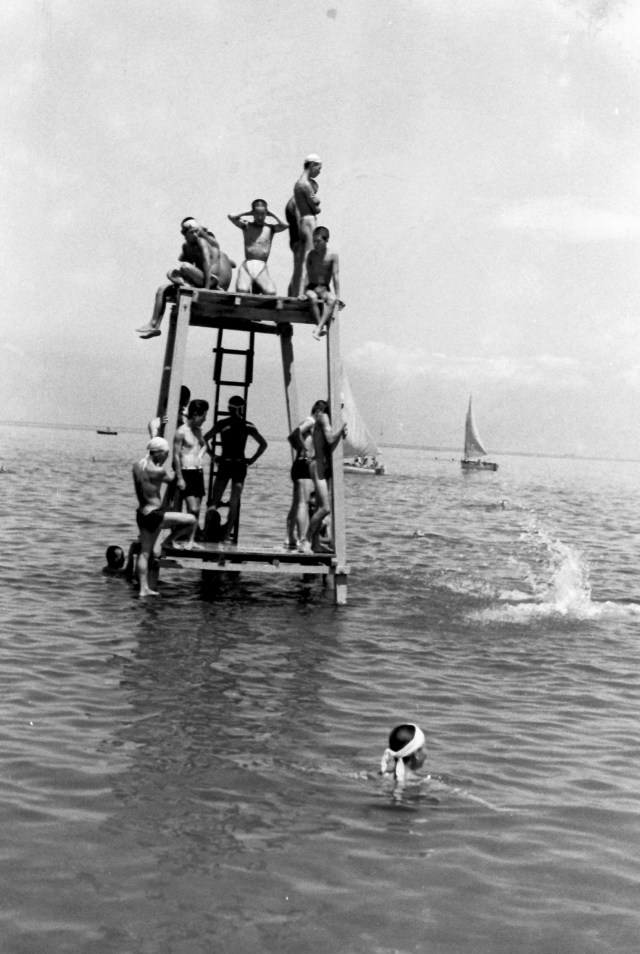
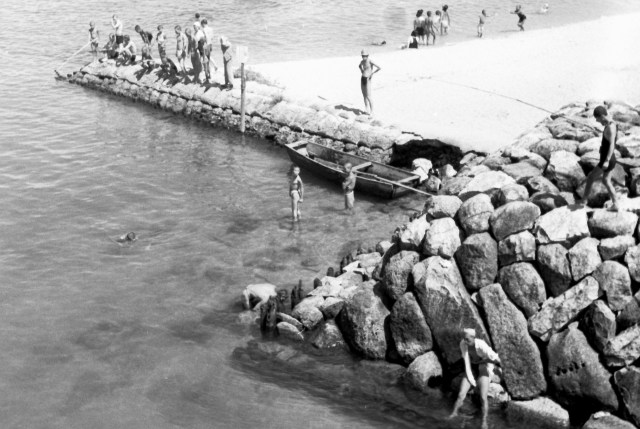


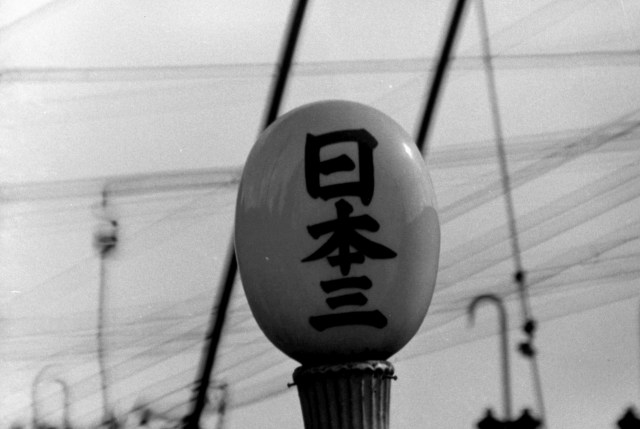
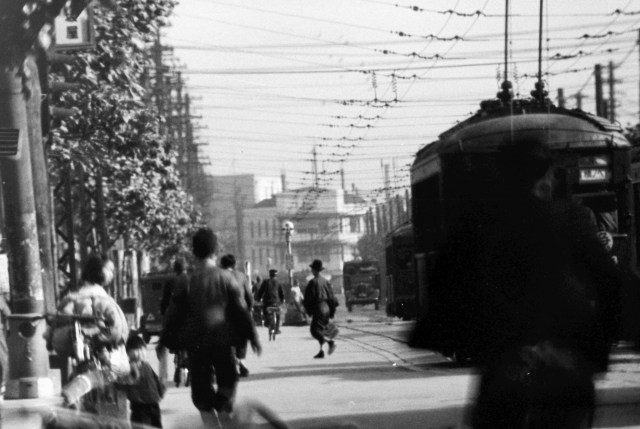
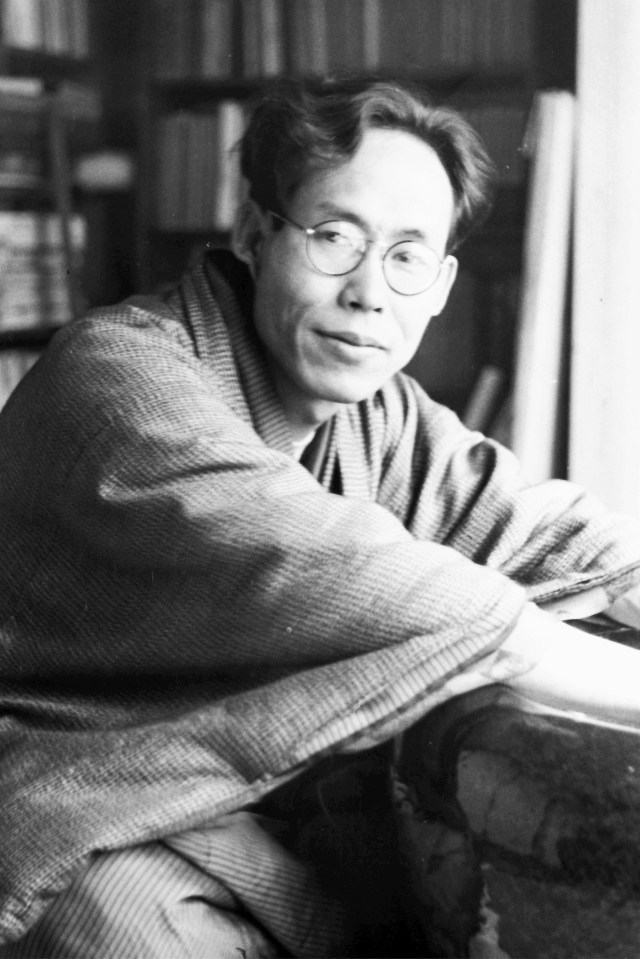
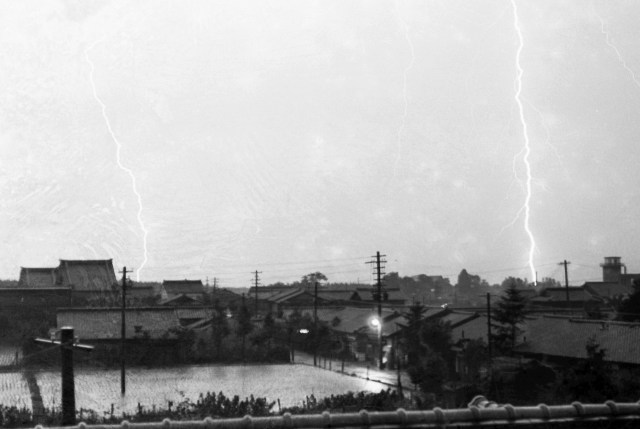
 Hayao Miyazaki says Happy New Year to Studio Ghibli fans with new art for Year of the Horse
Hayao Miyazaki says Happy New Year to Studio Ghibli fans with new art for Year of the Horse We revisited Sweets Paradise after a decade to see if Japan’s dessert buffet still delivers
We revisited Sweets Paradise after a decade to see if Japan’s dessert buffet still delivers Japanese tough guy fashion starter pack: Testing the Birth Japan lucky bag【Photos】
Japanese tough guy fashion starter pack: Testing the Birth Japan lucky bag【Photos】 Japanese thug wear from Birth Japan perfect for those breaking bad next year
Japanese thug wear from Birth Japan perfect for those breaking bad next year Pizza Hut Japan’s hot lucky bags are perfect for a New Year’s pizza party
Pizza Hut Japan’s hot lucky bags are perfect for a New Year’s pizza party Hayao Miyazaki says Happy New Year to Studio Ghibli fans with new art for Year of the Horse
Hayao Miyazaki says Happy New Year to Studio Ghibli fans with new art for Year of the Horse We revisited Sweets Paradise after a decade to see if Japan’s dessert buffet still delivers
We revisited Sweets Paradise after a decade to see if Japan’s dessert buffet still delivers Japanese tough guy fashion starter pack: Testing the Birth Japan lucky bag【Photos】
Japanese tough guy fashion starter pack: Testing the Birth Japan lucky bag【Photos】 Japanese thug wear from Birth Japan perfect for those breaking bad next year
Japanese thug wear from Birth Japan perfect for those breaking bad next year Pizza Hut Japan’s hot lucky bags are perfect for a New Year’s pizza party
Pizza Hut Japan’s hot lucky bags are perfect for a New Year’s pizza party Japan is building a Pokémon Slowpoke Park to delight fans of all ages
Japan is building a Pokémon Slowpoke Park to delight fans of all ages Google made a free-to-play ninja cat RPG to celebrate the Tokyo Olympics, and it’s awesome!
Google made a free-to-play ninja cat RPG to celebrate the Tokyo Olympics, and it’s awesome! We found possibly the quietest Japanese-style hotel in Tokyo’s bustling Shinjuku district
We found possibly the quietest Japanese-style hotel in Tokyo’s bustling Shinjuku district X Japan’s Yoshiki to be the first Japanese male to appear on the cover of Vogue Japan
X Japan’s Yoshiki to be the first Japanese male to appear on the cover of Vogue Japan Dragon Quest Burgers and Slime drinks are coming to McDonald’s Japan【Video】
Dragon Quest Burgers and Slime drinks are coming to McDonald’s Japan【Video】 Starbucks Japan ready to get Year of the Horse started with adorable drinkware and plushies【Pics】
Starbucks Japan ready to get Year of the Horse started with adorable drinkware and plushies【Pics】 Cyberpunk anime meets traditional culture in Ghost in the Shell gold leaf Japanese changing screens
Cyberpunk anime meets traditional culture in Ghost in the Shell gold leaf Japanese changing screens 7 great places to see Mt. Fuji from without having to climb it
7 great places to see Mt. Fuji from without having to climb it Hello Kitty Choco Egg figures are an adorable trip through three periods of Japanese pop culture【Pics】
Hello Kitty Choco Egg figures are an adorable trip through three periods of Japanese pop culture【Pics】 7-Eleven Japan’s ramen-cooking robot whipped us up a bowl of noodles【Taste test】
7-Eleven Japan’s ramen-cooking robot whipped us up a bowl of noodles【Taste test】 Japan’s otoshidama tradition of giving kids money at New Year’s gets a social welfare upgrade
Japan’s otoshidama tradition of giving kids money at New Year’s gets a social welfare upgrade Sumo Sanrio! Hello Kitty and pals team up with Japan Sumo Association for new merch【Pics】
Sumo Sanrio! Hello Kitty and pals team up with Japan Sumo Association for new merch【Pics】 More Than a Capsule Stay: Why Solo Travelers Choose “global cabin Yokohama Chinatown”
More Than a Capsule Stay: Why Solo Travelers Choose “global cabin Yokohama Chinatown” Japan’s oldest largetooth sawfish in captivity back on display in Mie Prefecture
Japan’s oldest largetooth sawfish in captivity back on display in Mie Prefecture 7-Eleven Japan starts new temporary luggage storage service in over 300 branches
7-Eleven Japan starts new temporary luggage storage service in over 300 branches Disillusionment at Tsukiji’s tourist-target prices led us to a great ramen restaurant in Tokyo
Disillusionment at Tsukiji’s tourist-target prices led us to a great ramen restaurant in Tokyo Starbucks teams up with 166-year-old Kyoto doll maker for Year of the Horse decorations【Photos】
Starbucks teams up with 166-year-old Kyoto doll maker for Year of the Horse decorations【Photos】 Tokyo considering law requiring more trash cans following litter increase in heavily touristed area
Tokyo considering law requiring more trash cans following litter increase in heavily touristed area Tokyo’s Tsukiji sushi neighborhood asks tour groups to stay away for the rest of the month
Tokyo’s Tsukiji sushi neighborhood asks tour groups to stay away for the rest of the month Tokyo event lets you travel back in time, for free, to celebrate 100 years since Showa era start
Tokyo event lets you travel back in time, for free, to celebrate 100 years since Showa era start Sanrio theme park in Japan announces plans to expand into a Sanrio resort
Sanrio theme park in Japan announces plans to expand into a Sanrio resort Japan may add Japanese language proficiency, lifestyle classes to permanent foreign resident requirements
Japan may add Japanese language proficiency, lifestyle classes to permanent foreign resident requirements Stamina-destroying “Paralysis Noodles” are Tokyo’s newest over-the-top ramen innovation
Stamina-destroying “Paralysis Noodles” are Tokyo’s newest over-the-top ramen innovation Survey asks foreign tourists what bothered them in Japan, more than half gave same answer
Survey asks foreign tourists what bothered them in Japan, more than half gave same answer Japan’s human washing machines will go on sale to general public, demos to be held in Tokyo
Japan’s human washing machines will go on sale to general public, demos to be held in Tokyo Japan’s deadliest food claims more victims, but why do people keep eating it for New Year’s?
Japan’s deadliest food claims more victims, but why do people keep eating it for New Year’s? We deeply regret going into this tunnel on our walk in the mountains of Japan
We deeply regret going into this tunnel on our walk in the mountains of Japan Studio Ghibli releases Kodama forest spirits from Princess Mononoke to light up your home
Studio Ghibli releases Kodama forest spirits from Princess Mononoke to light up your home Major Japanese hotel chain says reservations via overseas booking sites may not be valid
Major Japanese hotel chain says reservations via overseas booking sites may not be valid Put sesame oil in your coffee? Japanese maker says it’s the best way to start your day【Taste test】
Put sesame oil in your coffee? Japanese maker says it’s the best way to start your day【Taste test】 No more using real katana for tourism activities, Japan’s National Police Agency says
No more using real katana for tourism activities, Japan’s National Police Agency says Starbucks Japan reveals new sakura drinkware collection, inspired by evening cherry blossoms
Starbucks Japan reveals new sakura drinkware collection, inspired by evening cherry blossoms Updated cherry blossom forecast shows extra-long sakura season for Japan this year
Updated cherry blossom forecast shows extra-long sakura season for Japan this year Japan is building a Pokémon Slowpoke Park to delight fans of all ages
Japan is building a Pokémon Slowpoke Park to delight fans of all ages Google made a free-to-play ninja cat RPG to celebrate the Tokyo Olympics, and it’s awesome!
Google made a free-to-play ninja cat RPG to celebrate the Tokyo Olympics, and it’s awesome! We found possibly the quietest Japanese-style hotel in Tokyo’s bustling Shinjuku district
We found possibly the quietest Japanese-style hotel in Tokyo’s bustling Shinjuku district X Japan’s Yoshiki to be the first Japanese male to appear on the cover of Vogue Japan
X Japan’s Yoshiki to be the first Japanese male to appear on the cover of Vogue Japan Dragon Quest Burgers and Slime drinks are coming to McDonald’s Japan【Video】
Dragon Quest Burgers and Slime drinks are coming to McDonald’s Japan【Video】 Winter walking event takes you around Totoro forest loved by Hayao Miyazaki
Winter walking event takes you around Totoro forest loved by Hayao Miyazaki Princesses, fruits, and blacksmiths: Study reveals the 30 most unusual family names in Japan
Princesses, fruits, and blacksmiths: Study reveals the 30 most unusual family names in Japan The best Starbucks Japan Frappuccinos we want to drink again in 2026
The best Starbucks Japan Frappuccinos we want to drink again in 2026 The top 10 annoying foreign tourist behaviors on trains, as chosen by Japanese people【Survey】
The top 10 annoying foreign tourist behaviors on trains, as chosen by Japanese people【Survey】 The mystery of the phantom “sake pass card” at Japanese alcohol vending machines
The mystery of the phantom “sake pass card” at Japanese alcohol vending machines Japanese fans react to the idea that Pokémon Mewtwo is a Christian role model
Japanese fans react to the idea that Pokémon Mewtwo is a Christian role model Amazon Japan makes payment policy change that could be a problem for foreigners in Japan
Amazon Japan makes payment policy change that could be a problem for foreigners in Japan
Leave a Reply